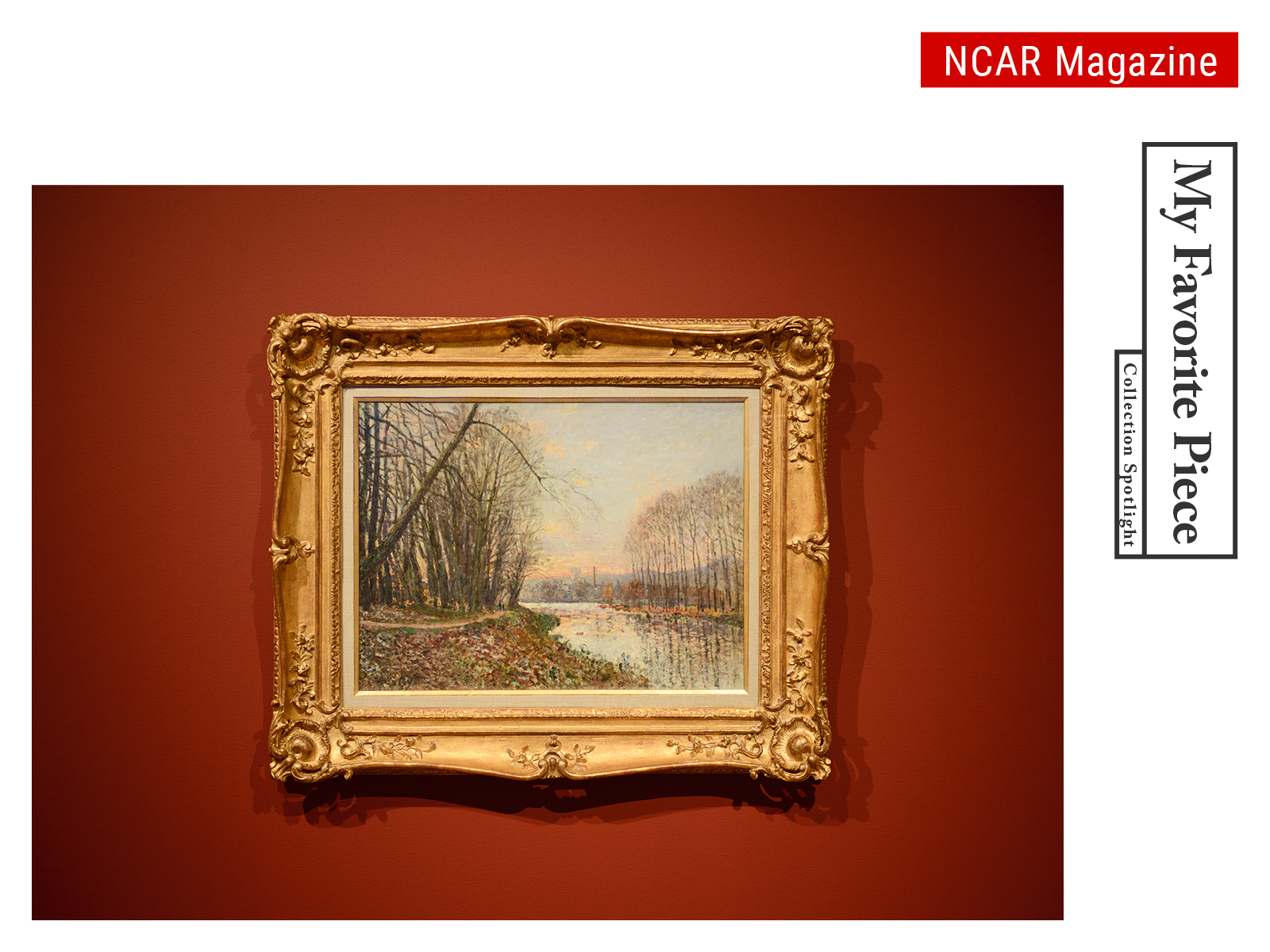Museums and reasonable accommodation – Case studies involving people with deaf and hard of hearing
Ito Shunsuke , Visiting Research Fellow of Learning,
National Center for Art Research
Audio guides in British sign language with English subtitles (Royal Mews, United Kingdom)
In September 2023, a research group called the DEAI Research Lab. was launched as part of the National Center for Art Research’s accessibility project.
DEAI is an acronym comprising the first letters of the following four words: Diversity, Equity, Accessibility, and Inclusion. At the DEAI Research Lab, we research the global DEAI trends and investigate specific methods and requirements for improving museums’ accessibility. On the first year, four outside experts with relevant specialized knowledge joined us to conduct research on reasonable accommodation in museums.
This article contains the first research report. Ito Shunsuke, a Visiting Research Fellow of Learning, National Center for Art Research, discusses the problems visitors with deaf and hard of hearing face at museums.
* For more information and explanation for “DEAI Research Lab.” or reasonable accommodation, please read the article: Launch of the DEAI Research Lab. and Reasonable Accommodation
** ‘Museum(s)’ as used in this article includes not only art museums but also museums of the humanities such as archaeology, history, folklore, and literature museums; natural science museums devoted to natural history and science and engineering; aquariums; zoological and botanical gardens; and archives and memorial museums.
Introduction
We chose ‘hearing disabilities’ as the theme for the DEAI Research Lab’s first article. The Lab is a project promoted by the National Art Research Center’s (NCAR) Learning. The theme has personal significance as I have been deaf since birth. Given my longstanding experience-based familiarity with museums, I conducted research on art museums in Japan and abroad under the themes of ‘lifelong learning’ and ‘culture and art for persons with disabilities’ before joining NCAR. In this article, I will describe the present situation and introduce pertinent issues based on my experiences.
What is being deaf and hard of hearing?
The condition of being deaf and hard of hearing is difficult to recognize on sight, so it can be difficult for others to grasp the problems such a person faces. On the other hand, the term ‘deaf and hard of hearing’ cannot be generalized. Those born with or who have developed an inability to hear (clearly), those whose hearing is declining with age, those whose first language is sign language (e.g. Japanese sign language) or spoken language (e.g. spoken Japanese), and those who use technologies such as hearing aids, cochlear implants, or voice recognition systems have various gradations and other variances in the way they hear and communicate. These depend on individual characteristics, background, and environment.
According to the World Health Organization (WHO), over 1.5 billion people experience deafness, and approximately 430 million require some kind of care (NOTE 1). Additionally, in Japan, the Ministry of Health, Labour and Welfare reported that the number of people with hearing disabilities is approximately 340,000 (NOTE 2); however, this statistic only includes disability certificate holders. The actual number is said to be much higher, and this trend is expected to increase as we move towards a super-aging society.
On the other hand, from the perspective of those with deafness and/or those who require sign language or visual information, society is premised on sounds such as speech, telephone calls, television, radio, broadcasting, music, and more. For those who live in a social structure where instantly understanding sounds is crucial, having physical difficulty listening means that information gaps will inevitably arise in various situations. Consequently, the hearing impaired can also be called ‘information disability’. This is an urgent issue as we move into an increasingly information-based society.
Dealing with visitors with deaf and hard of hearing at museums
Usual response among museums to visitors with deaf and hard of hearing is the use of alternative methods aimed at information assurance. Typical examples include sign language interpretation and written interpretation, summaries, and other communication. Providing information visually facilitates smooth communication and information acquisition among people with hearing disabilities.
Museums overseas are attempting to implement a variety of approaches, particularly in the United States and the United Kingdom. Ideas and initiatives to achieve accessibility are being developed including audio guides, the use of subtitles, the availability of applications in sign language, video exhibits that can switch between sign language and subtitles, and the use of tour guides with deaf people.
In recent years, museums and cultural facilities in Japan have, though not as often as their counterparts overseas, been voluntarily implementing accessibility programs such as sign language videos for those with deaf and visitors who are hard of hearing, talk tours with sign language interpretation and written summaries, and workshops with sign language and written communication. Additionally, since the Act for Eliminating Discrimination against Persons with Disabilities came into effect in 2016, requests for reasonable accommodation have gradually increased as the legal infrastructure has improved.
Below are typical case studies related to current reasonable accommodation provisions in museums.
- Assigning sign language interpreters (including interpretation by deaf people)
- Assigning summary scribes and text interpreters
- Providing hearing loops (magnetic loops)
- Sign language communication
- Writing board communication
- Use of voice recognition systems (UD Talk, etc.)
- Providing scripts for video and audio guides
Cases and issues related to reasonable accommodation
With reference to first-hand experience, I would like to focus on one problem related to reasonable accommodation at museums. For a long time, I along with other persons who are hearing disability have found it difficult to understand any video content that lacks Japanese subtitles or sign language interpretation.
1. Problems/Demands
Much of the video and animation content that is becoming increasingly popular in museums’ exhibitions and media output are packaged with sound and audio dialogue; Japanese subtitles or sign language interpretation are rarely available. On very rare occasions, exhibitions and videos are shown with English subtitles for foreign tourists’ benefit; however, this practice fails to consider those who find it difficult to understand English.
Therefore, we asked a museum to include Japanese subtitles in their video exhibitions as a reasonable accommodation. The request opened a discussion (dialogue) about how the museum could respond.
▼
2. Dialogue
The museum’s first response indicated the difficulty of fulfilling the request. They stated that revising content that had already been produced and released would be time-consuming. After assessing the situation, I proposed a simple transcription of the video exhibition’s content. The museum indicated that the alternative could be implemented and agreed to do so.
▼
3. Mutual agreement
The art museum responded to the request to remove a social barrier obstructing those unable to understand the content of video exhibitions due to being hearing loss by preparing a written script that could be accessed visually.
In the sense that both parties’ realities were recognized and a viable solution was found and implemented, this was a case of reasonable accommodation.
However, an outstanding problem is that some persons may have difficulty reading the script because the room in which such videos are displayed tends to be dark. Moreover, some persons may unconsciously stop reading because of the concentration required to read the script while also watching the video. Additionally, some deaf people - do not have strong Japanese language skills. Thus, not all problems are solved by providing a visual alternative for visitors with deaf and hard of hearing .
Hence, reasonable accommodation should be combined with environmental improvement.
The desirability of environmental improvement in conjunction with reasonable accommodation
Personally, I would not insist if a museum did not agree to reasonable accommodation. In fact, I would refrain from requesting reasonable accommodation in the first place out of consideration of the burden that would impose on the museum. Instead, I would visit the museum with companions who are willing to explain the content as far as possible. However, I have been told that works and exhibitions with running audio, especially contemporary art involving installations, screens, or films, are difficult to explain the more abstract the audio content.
Considering this situation, adding Japanese subtitles and Japanese sign language interpretation to videos is the best remedy. This may require infrastructural development to accommodate an unspecified number of visitors with deaf and hard of hearing and achieve environmental improvement. Providing reasonable accommodation entails responding to individual requests/demands, but environmental improvement means enhancing the foundations of accessibility.
The default action at National Center for Art Research is, in principle, to insert Japanese (and English when possible) subtitles into any video the Center produces and disseminates. This demonstrates the effort being invested in the development of information infrastructure to deliver as much information as possible to as many people as possible given the awareness that some may find it difficult to access information presented as audio-only.
Conclusion
The reasonable accommodation cases introduced in this report are examples of parties reaching an agreement while acknowledging realistic circumstances. This does not necessarily mean that the parties’ problems were resolved. Some problems are difficult to raise or give visibility to because of one side’s concerns about the burden that would be imposed on the other side.
Additionally, when considering museums’ current state from the perspective of people with hearing disabilities, it should be recognized that not all museum visitors can obtain information through audio-only (spoken Japanese). This group is not limited to those with deaf and hard of hearing; it also includes people with diverse backgrounds such as those with foreign roots, learning or developmental disabilities, and others who are uncomfortable with complex Japanese, as well as children and seniors. In light of this, rather than relying on a single approach, we must brainstorm with stakeholders starting at the planning stage to provide ease of access to exhibitions and content from multiple perspectives.
Notes
1) World Health Organization, 2021, World Report on Hearing
2) Ministry of Health, Labour and Welfare, 2018, ‘2016 investigation on Difficulties in Living (Nationwide Investigation on the Status of Children and Persons With Disabilities Living at Home)’
Editorial Support: Yonezu Itsuka


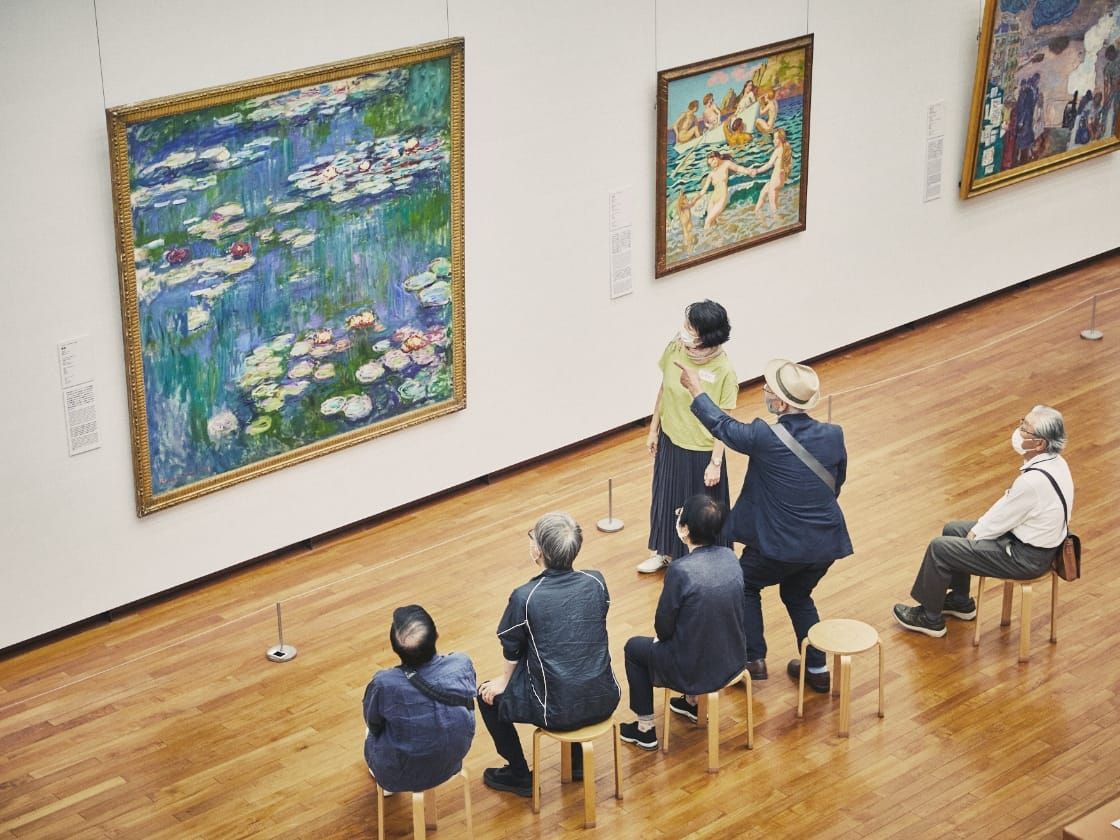
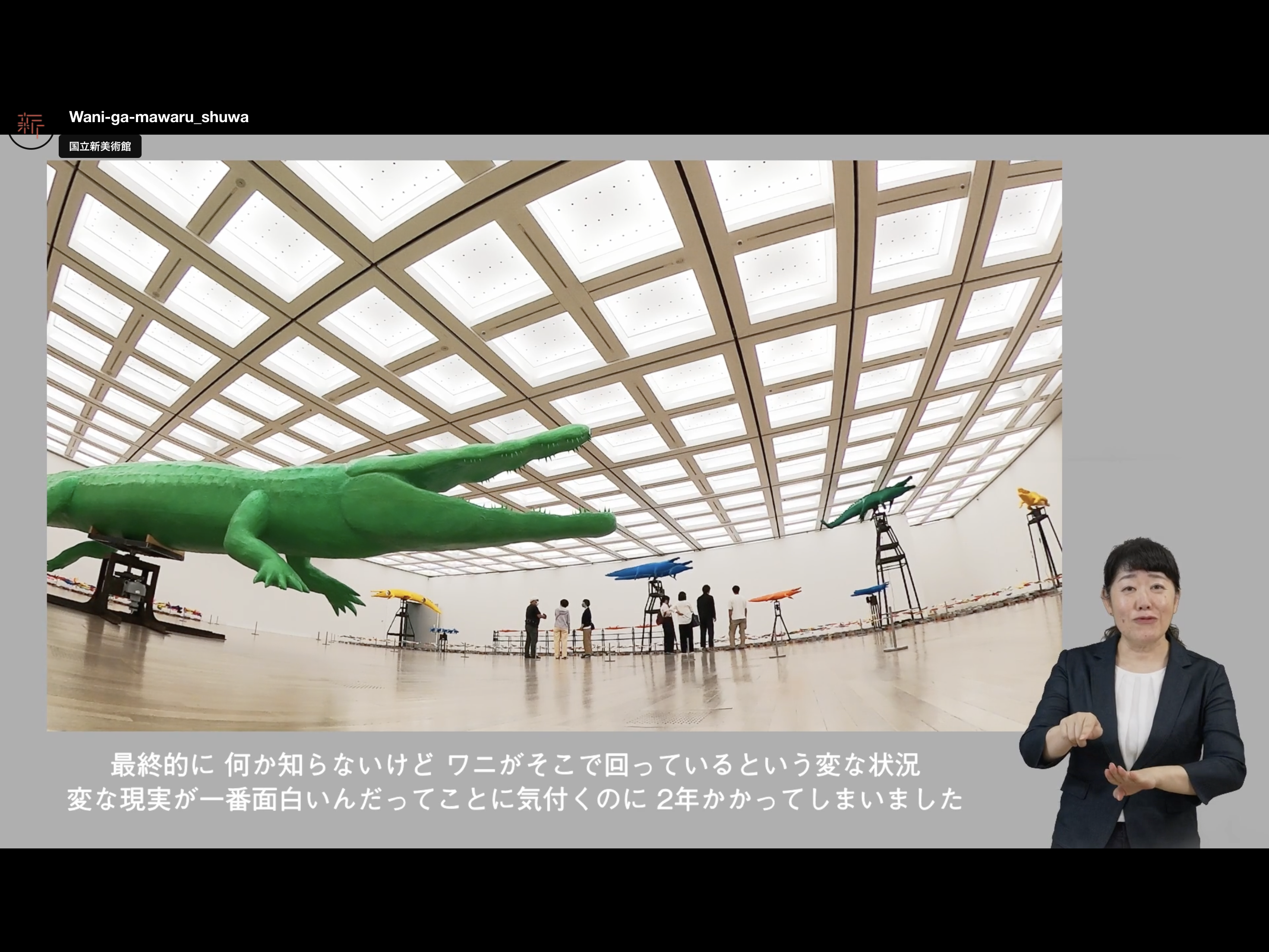
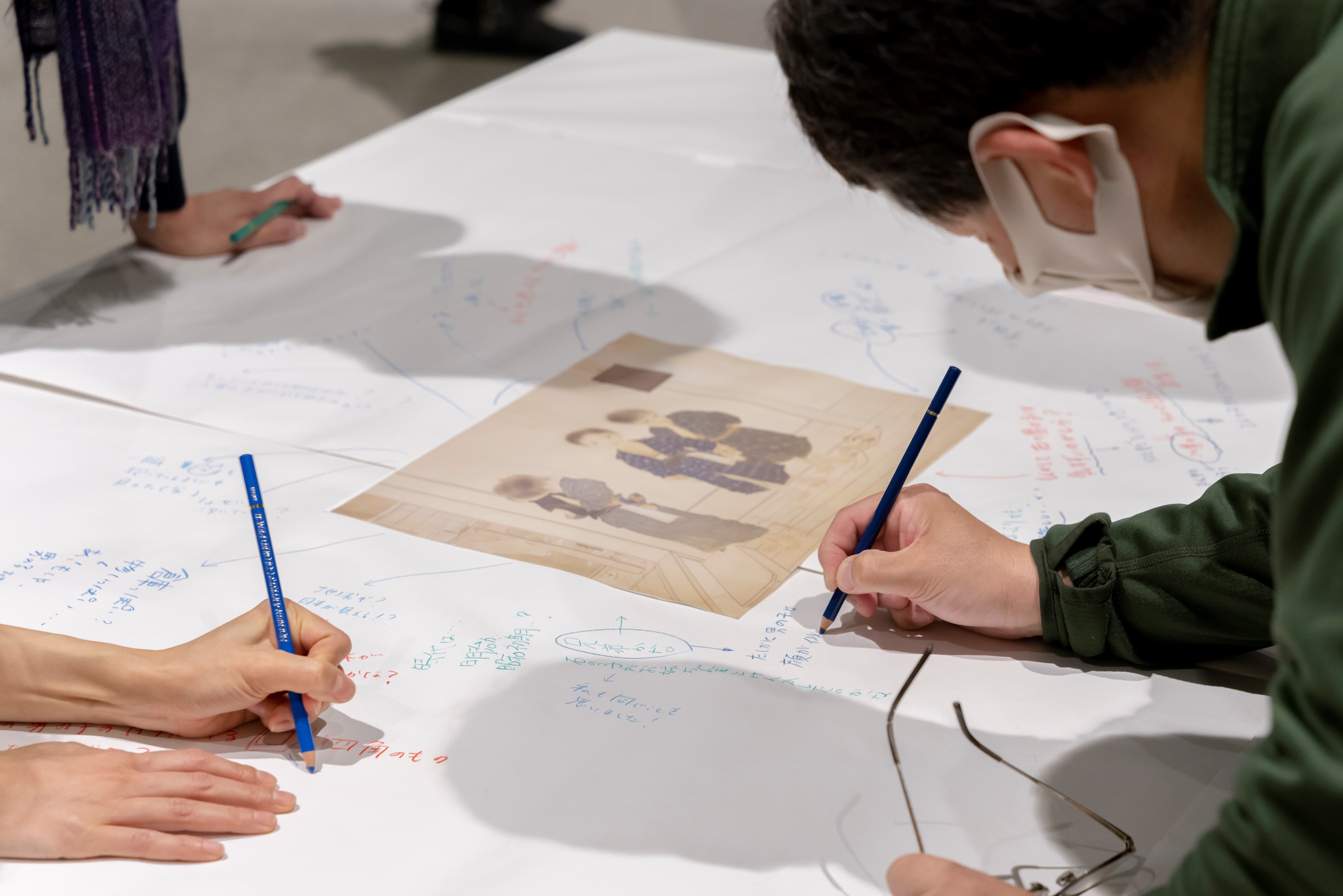
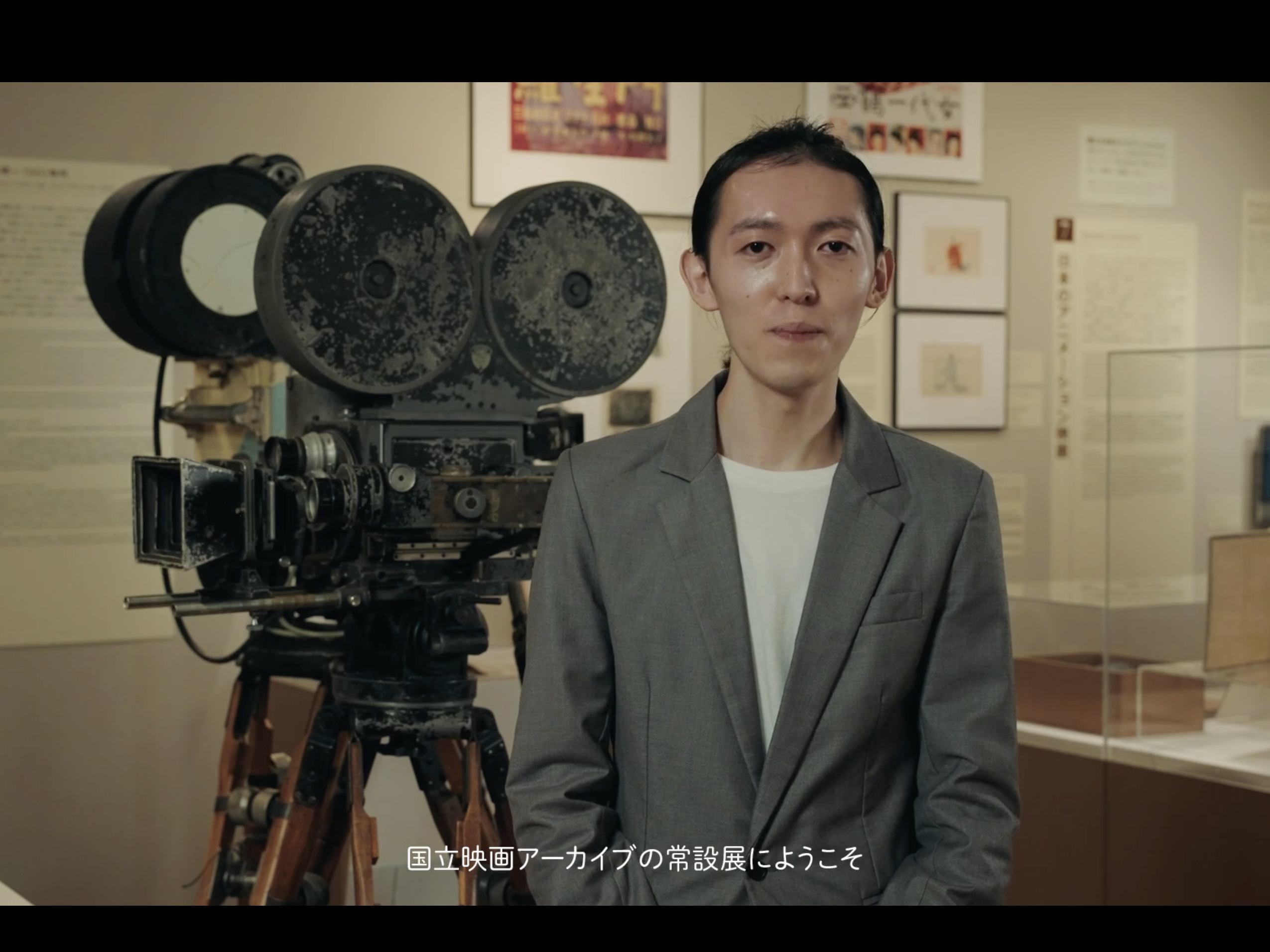
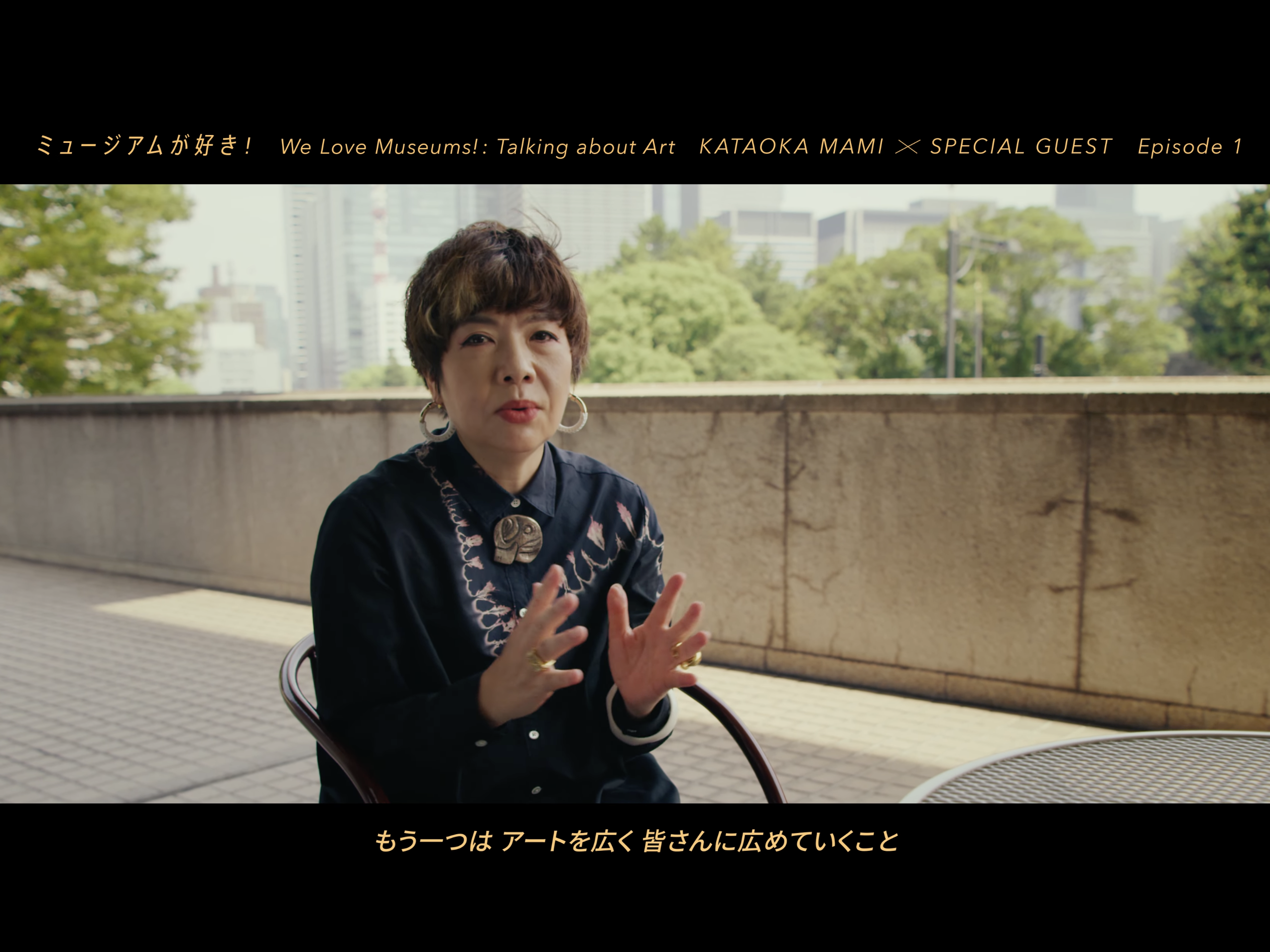
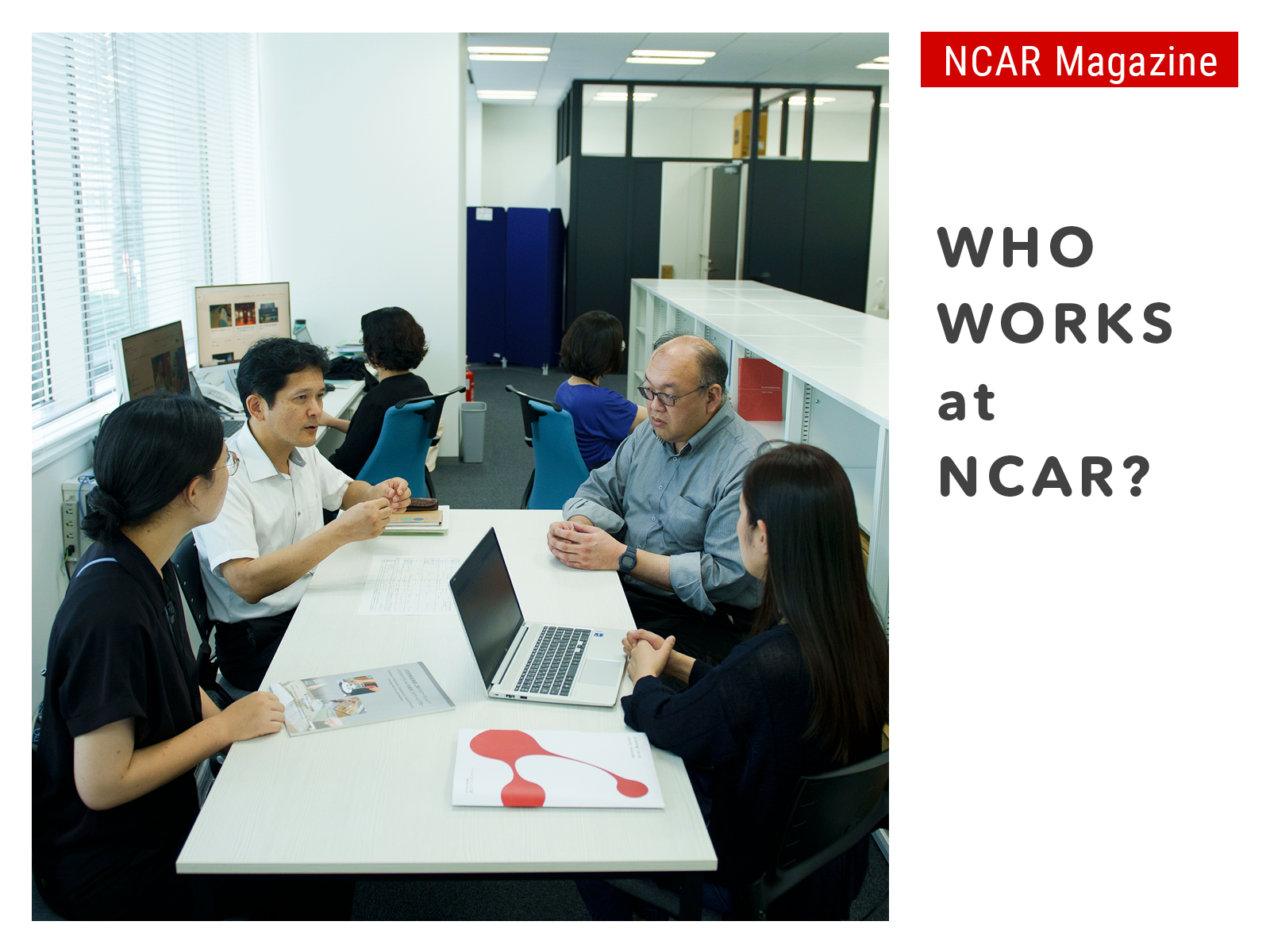
![[Video] We Love Museums!: Talking about Art KATAOKA MAMI × SPECIAL GUEST Episode3: UCHIDA YAYAKO](/en/upload/ad29cb6b70a439d28ac5b39af910a0eb10db7e7a.png)
